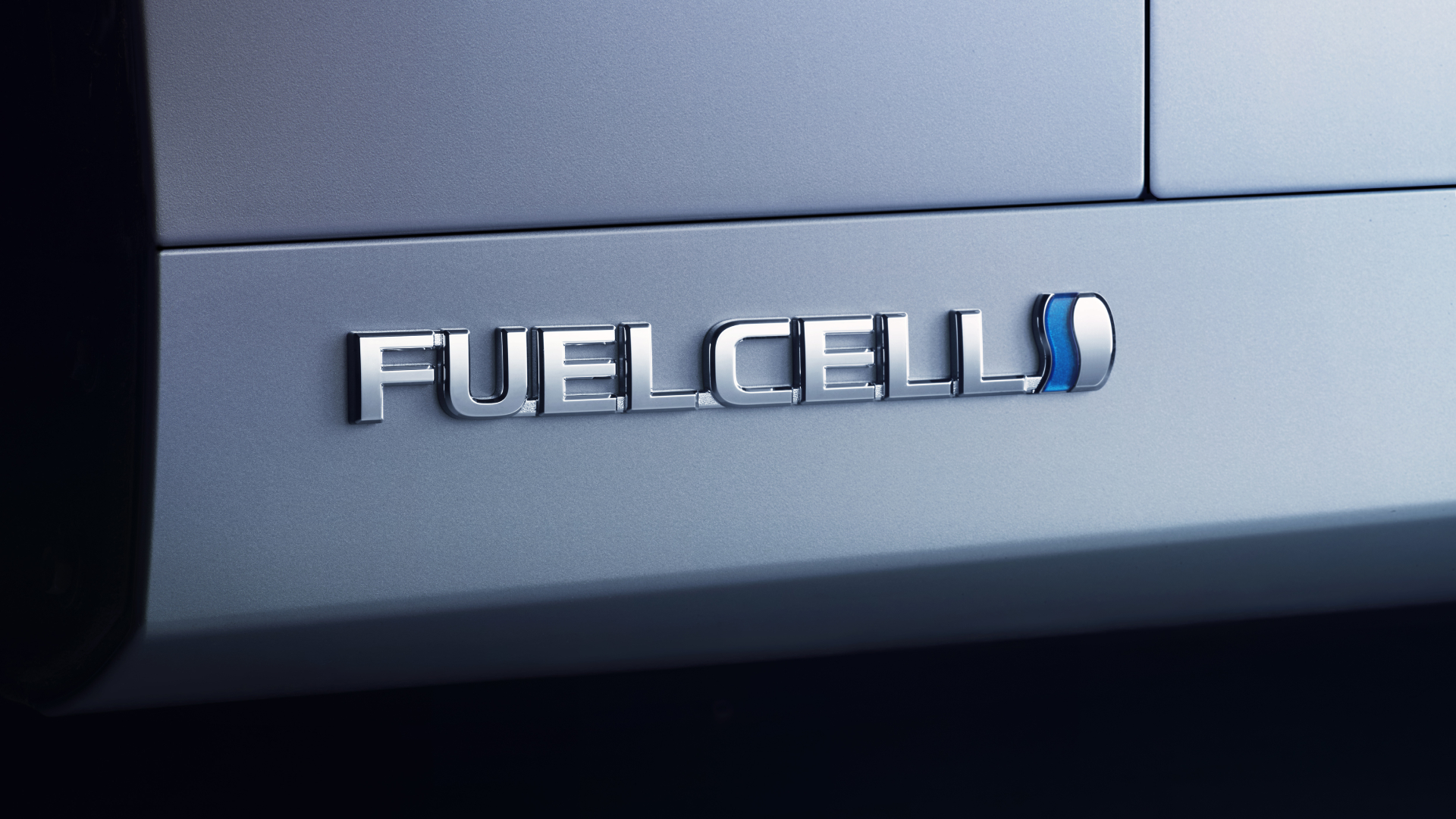This is how a hydrogen car works
The term “electric car” can be divided into two types: battery-electric cars and hydrogen cars. The first variety is the best known. A battery-electric car, also called a battery electric vehicle (BEV), gets its energy from a battery pack. This is the most common type of electric car. Virtually all electric cars you can buy as an ordinary consumer are battery-electric.
How does a hydrogen car work?
With a hydrogen battery, hydrogen tanks are the energy source. The car also has a fuel cell. In it, hydrogen reacts with oxygen through a chemical process and is converted into electricity. This is stored in a smaller battery or used directly by the electric motors. Thus, the wheels are always electrically driven. In this respect, a hydrogen car offers the same driving experience as a battery-electric car. No emissions are released when hydrogen is converted into electricity. The only byproduct is water (vapor).
Hydrogen car with fuel engine
An alternative variant of the hydrogen car is one with fuel rather than electric motors. In this case, the hydrogen is not first converted into electricity, but is burned directly in the engine. This engine works the same as in a conventional fuel car. Despite the fact that combustion takes place, water (vapor) is also the only emission in this variant. Hydrogen cars with fuel engines are mainly used to continue offering the experience of a traditional fuel engine, but it is a less common technology than hydrogen cars with electric propulsion.
Plugging versus fueling
Where you have to charge a battery-electric car with a plug, you have to fill up a hydrogen car. You do that at special hydrogen refueling stations. Filling up a hydrogen car takes about the same amount of time as filling up a conventional fuel car.
The benefits of hydrogen cars
Hydrogen cars offer a number of advantages over battery electric or fuel cars. We list the most important ones:
- Fast refueling: where recharging a battery-electric car often takes a long time, a hydrogen car is refueled in minutes.
- Long range: hydrogen cars generally offer a range comparable to that of a mid-size fuel car. Nowadays, there are plenty of battery-electric cars that match or even exceed that, but that means you have to charge for long periods of time.
- Local emission-free driving: a hydrogen car itself emits only water (vapor), so just like a battery-electric car, you are locally emission-free on the road.
- Greater driving comfort: a hydrogen car with an electric motor (the common kind) offers a quiet and smooth driving experience, which for many adds to driving comfort.
- Wider application: battery-electric propulsion is not suitable for all types of vehicles because of the usually large and heavy battery packs. The lighter and often more compact hydrogen technology can offer a solution to still electrify these vehicles.
The disadvantages of hydrogen cars
However, the hydrogen car also has disadvantages. The main disadvantages in a row:
- Limited infrastructure: a major disadvantage for hydrogen car users is the small number of hydrogen refueling stations in the Netherlands. There are plenty of expansion plans, but for now there is no good nationwide network.
- High purchase cost: hydrogen technology is still fairly new and expensive, making the purchase price of a hydrogen car (much) higher than that of a comparable fuel- or battery-electric car.
- Bulky technology: although hydrogen propulsion does not require a large battery pack, hydrogen tanks do take up space. This can make it difficult to provide compact vehicles with a practically usable range.
- Less efficient: producing hydrogen and then converting it back to electricity in the car results in energy loss, making hydrogen cars less efficient than direct electric drive.
- Hydrogen production is intensive: Hydrogen production is an intensive process. There are several methods, with the most common still using fossil fuels (so-called gray hydrogen). Hydrogen can also be produced from renewable sources (green hydrogen), but this is currently more expensive.
Hydrogen car models available
Only a few hydrogen cars have been delivered in the Netherlands. The first was the 2013 Hyundai ix35 FCEV, a modified version of the regular fuel model. In the Netherlands, this model was only available to a limited extent, but in some countries it was already on sale as a regular production model. This was followed by the 2014 Toyota Mirai, which was regularly available in the Netherlands from 2017. A second model generation of the Toyota Mirai(driving test) followed in 2020. Meanwhile, Hyundai has been offering the Nexo as the successor to the ix35 FCEV since 2018.
Outside Europe, the first hydrogen car in regular series production was introduced back in 2008. That was the Honda FCX Clarity, available in Japan and some US states. This model remained in production through 2014, followed by a second model generation in 2016, which remained in production until 2021.






Future prospects for the hydrogen car
Hydrogen cars offer great potential for vehicle electrification. After a short refueling period, they offer ample range and the only emission is water vapor. Against that, however, there are significant drawbacks such as limited infrastructure, high cost and energy efficiency. It is partly a chicken-and-egg story: as long as there is little demand for hydrogen cars, manufacturers and governments are not going to invest that much in them. But as long as there is no investment to remove the disadvantages, not many people will switch to a hydrogen car either. Hydrogen technology is therefore expected to prove an interesting option mainly for electrifying vehicles that are less suitable for battery-electric propulsion. Think of large vehicles such as trucks, trains, ships and airplanes.

